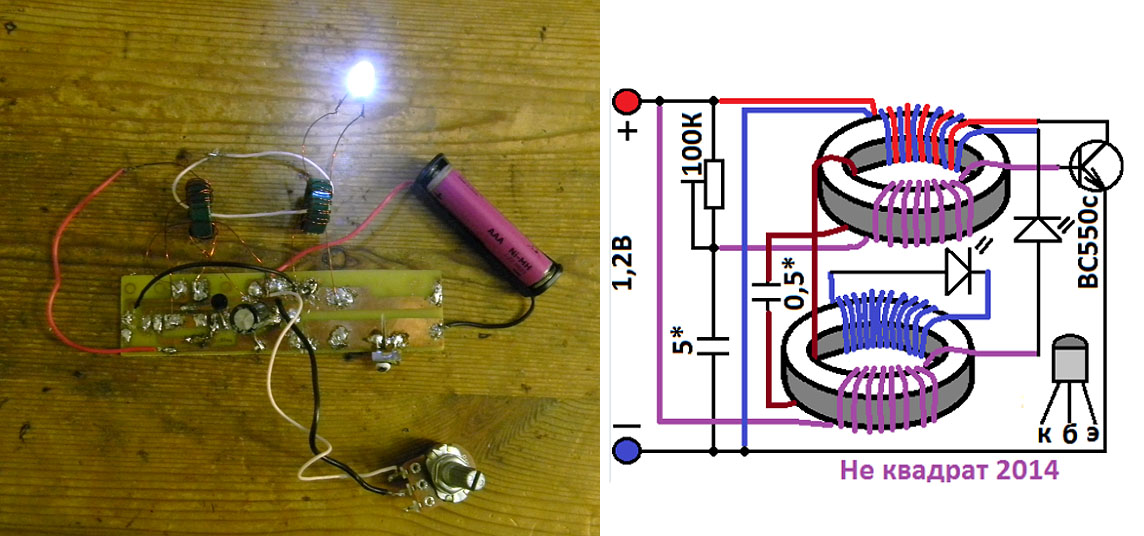Hi SkyWatcher!
A flywheel is first of all a storage device (capacitor) of mechanical (kinetic) energy. In constant load mode, its use is controversial. This is similar to the electrical circuit, between the light bulb and the battery, put a capacitor and wait for a miracle. There must be a pulse in the mechanical circuit. Then the flywheel works, organized by analogy with an electric ballast capacitor after the diode bridge AC/DC. The task is to organize the drawdown of the rotational speed of the flywheel, in the minimum range. From this it follows that in the kinetic chain there must be an impulse. You can organize it only in the generator.
All modern traditional generators are designed with the condition of smoothing the incoming torque. For a system with a flywheel, it is necessary to change the mode of the generator to a pulsed one and a pulse will appear in the circuit. The presence of the impulse described by Campbell, he had a belt between the motor and the flywheel had jolts, and the motor constantly changed two modes: load - idling.
At the same time, the accumulated energy by the flywheel will greatly exceed the one needed for the pulse rotation of the generator. Also, the speed of rotation of the flywheel should be in the area where its angular momentum has a plus sign. This is dangerous because usually these are critical areas for destruction.

A flywheel is first of all a storage device (capacitor) of mechanical (kinetic) energy. In constant load mode, its use is controversial. This is similar to the electrical circuit, between the light bulb and the battery, put a capacitor and wait for a miracle. There must be a pulse in the mechanical circuit. Then the flywheel works, organized by analogy with an electric ballast capacitor after the diode bridge AC/DC. The task is to organize the drawdown of the rotational speed of the flywheel, in the minimum range. From this it follows that in the kinetic chain there must be an impulse. You can organize it only in the generator.
All modern traditional generators are designed with the condition of smoothing the incoming torque. For a system with a flywheel, it is necessary to change the mode of the generator to a pulsed one and a pulse will appear in the circuit. The presence of the impulse described by Campbell, he had a belt between the motor and the flywheel had jolts, and the motor constantly changed two modes: load - idling.
At the same time, the accumulated energy by the flywheel will greatly exceed the one needed for the pulse rotation of the generator. Also, the speed of rotation of the flywheel should be in the area where its angular momentum has a plus sign. This is dangerous because usually these are critical areas for destruction.




Comment